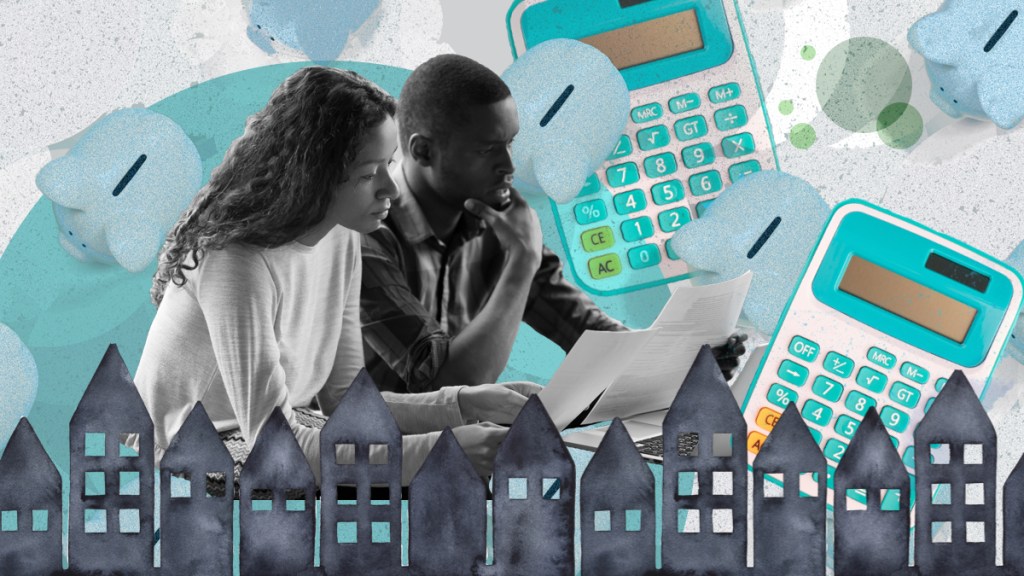
Mortgage lending has gotten stricter during the COVID-19 pandemic. Lenders are looking to lessen risk amid surging job losses and ongoing economic uncertainty, and that has translated to higher credit score minimums, extra document requests, and in some cases, bigger down payment requirements.
Chase, for example, upped their minimum down payment to 20% in the early months of the pandemic. Meanwhile, U.S. Bank raised its FICO score requirements to 680 on FHA, VA and USDA loans.
Fortunately, those higher requirements aren’t industrywide — or permanent — and for Americans looking to buy a home without much down, there are still some options.
Low-down and government-backed mortgages
Both VA and USDA loans require zero down payment. To qualify for a VA loan, borrowers must be military members or veterans and meet certain service requirements. USDA loans, on the other hand, are options for rural homebuyers. If you’re willing to buy in less populated parts of the country, they could be an option.
FHA loans, or those backed by the Federal Housing Administration, require as little a 3.5% down (the average payment was around 4% in July), and conventional loans need just 3%. Keep in mind that you’ll need to cover private mortgage insurance costs for any down payment under 20%. This generally runs $30 to $70 monthly per $100,000 borrowed, according to Freddie Mac.
There are also low- and zero-down payment loans offered by various banks and credit unions. NASB’s Zero Down Home Loan and BBVA’s Home Ownership Made Easier loan are just two such examples. These typically require high credit scores to qualify.
Down payment assistance programs, which offer grants and low-cost or forgivable loans, are another option for buyers who are low on savings. According to Down Payment Resource, only about 1.5% of all down payment assistance programs nationwide have been suspended due to the pandemic. These programs are generally reserved for buyers with lower incomes.
More options down the road
Congress has also introduced a new bill that could expand those options further. The American Dream Down Payment Act, which hit the Senate floor in August, would allow states to create tax-advantaged savings accounts for first-time homebuyers. They would function similarly to 529 college savings plans, allowing residents to save up for their down payment, closing costs, and other home-buying expenses.
Glenn Brunker, president of Ally Home, says the bill could be game-changing if passed — especially for Millennials, who are facing the second economic downturn of their lifetimes.
“This bill could ease one of the foremost roadblocks to homeownership — the ability to save at least 20% for a down payment,” Brunker said. “The ability to put down 20% on your home purchase allows you to avoid paying private mortgage insurance, which, in turn, could save you thousands over the life of the loan.”
The bottom line? Mortgage loans might be harder to come by thanks to the pandemic, but buyers without much saved up still have options — and more could be coming down the pipeline.






